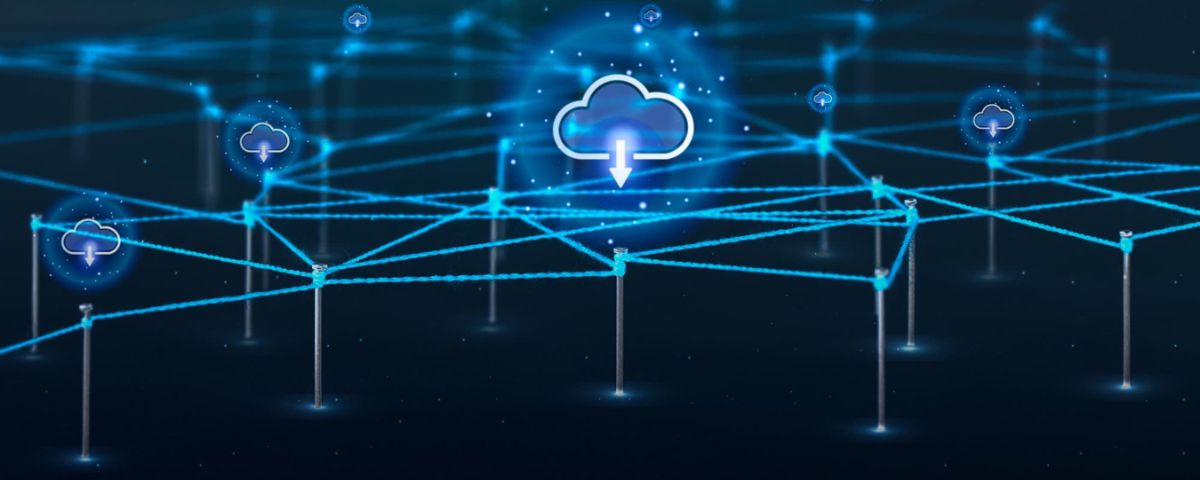
Network slicing is a concept within the realm of 5G networks that enables the creation of multiple virtual networks over a shared physical infrastructure. Each slice operates as an independent end-to-end network tailored to specific requirements such as latency, bandwidth, security, and reliability. This technology allows network operators to offer diverse services to various industries and applications, each with unique performance characteristics. Here’s a comprehensive overview of network slicing:
What is Network Slicing?
Network slicing is the partitioning of a single physical network infrastructure into multiple virtual networks, each customized to support specific services or applications.
Key Components:
1. Virtualization Technology: Network slicing heavily relies on virtualization techniques to create and manage multiple virtual networks within the same physical infrastructure.
2. Software-Defined Networking (SDN): SDN enables the dynamic allocation of network resources and the configuration of network slices based on the requirements of different applications or services.
3. Network Function Virtualization (NFV): NFV allows network functions, such as firewalls, load balancers, and routers, to run on commodity hardware instead of dedicated appliances.
Benefits of Network Slicing:
1. Service Customization: Network slicing allows operators to customize network services according to the unique requirements of different applications, users, or industries.
2. Resource Efficiency: By dynamically allocating resources based on demand, network slicing optimizes resource utilization and improves overall network efficiency.
3. Improved Quality of Service (QoS): Each network slice can be optimized to meet specific QoS requirements, ensuring a consistent and reliable user experience.
4. Monetization Opportunities: Network slicing enables operators to offer premium services tailored to specific industries or applications, opening up new revenue streams.
Use Cases
1. Industrial IoT: Network slicing can support various IoT applications in industries such as manufacturing, logistics, and healthcare, where low latency and high reliability are critical.
2. Smart Cities: By segmenting the network, smart city applications such as traffic management, public safety, and environmental monitoring can be efficiently supported.
3. Enhanced Mobile Broadband (eMBB): Network slicing enables the delivery of high-bandwidth services such as ultra-high-definition video streaming and virtual reality gaming.
4. Mission-Critical Communications: Slices can be dedicated to mission-critical services such as emergency response systems and public safety communications, ensuring uninterrupted connectivity during emergencies.
Challenges and Considerations:
1. Orchestration Complexity: Managing multiple network slices and ensuring efficient resource allocation requires sophisticated orchestration and management systems.
2. Security and Isolation: Maintaining security and isolation between network slices is essential to prevent unauthorized access and ensure data privacy.
3. Interoperability: Ensuring interoperability between different network slices and legacy networks is crucial for seamless service delivery and migration.
4. Regulatory Compliance: Compliance with regulatory requirements and standards is necessary to ensure the legality and security of network slicing implementations.
In summary, network slicing is a fundamental feature of 5G networks that promises to revolutionize the way networks are deployed, managed, and monetized. By enabling the creation of multiple virtual networks tailored to specific requirements, network slicing lays the foundation for innovative services and applications across various industries.



